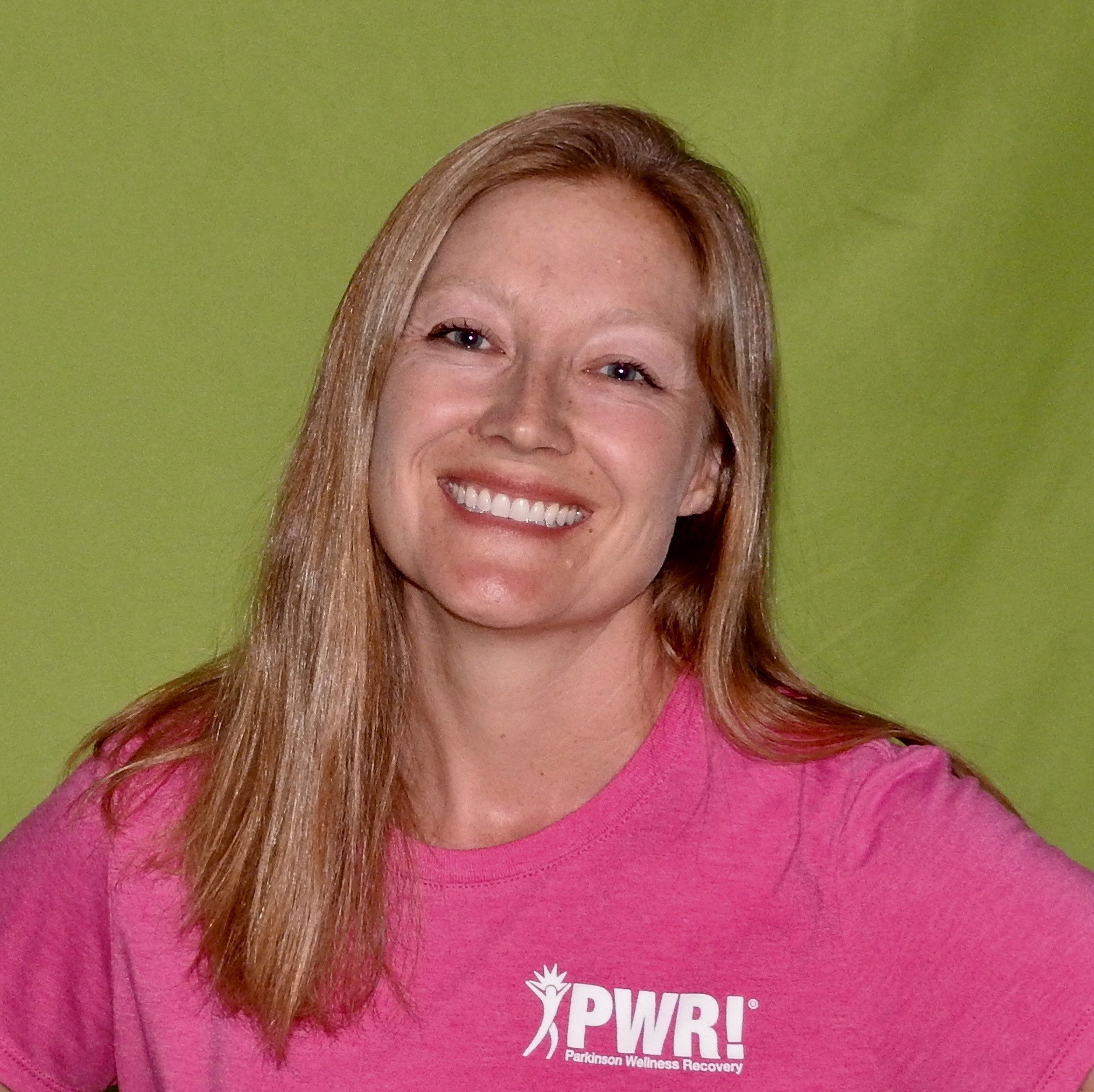Dizziness and Parkinson’s

Speaker: Shelley Hockensmith, PT,
Board Certified Neurologic Specialist
October 21, 2020
4:30 - 6:00PM
Dizziness is a commonly reported symptom by people with Parkinson's disease. It is important to determine the source in order to treat the dizziness. Shelley will provide information about different types and sources of dizziness, the inner ear’s role in balance, and physical therapy’s role using vestibular rehabilitation.
Previously Recorded Wellness Series
Wellness Series Summary: Dizziness and Parkinson’s on 10/21/20 with Shelley Hockensmith, PT, Board Certified Neurologic Specialist
Below is a summary of the presentation
What is dizziness?
Dizziness can be categorized as
- Vertigo
- Lightheadedness
- Disequilibrium
Vertigo
- Feeling as if you are spinning or the room is spinning around you
- Usually triggered by a change of head position such as rolling over in bed
- May be accompanied by nausea and abnormal eye movements
- Common causes include benign paroxysmal positional vertigo (BPPV) and vestibular neuritis
- Treatments include vestibular rehabilitation from a physical therapist or other trained professional
Lightheadedness
- Feeling faint as if you might pass out
- In people with PD, it is often caused by orthostatic hypotension (a large drop in blood pressure) with standing up from a chair or sitting up from lying down
- Recommendations include staying hydrated, taking your time with transitions, and speaking with your physician
Disequilibrium
- Feeling unsteady and imbalanced
- In people with PD, it may be caused by changes in posture and postural stability
- Recommendations include improving your posture and balance
What is balance?
Balance depends on input from 3 systems
- Visual
- Vestibular
- Somatosensation
Visual
- We use our eyes to give our brain feedback about where we are
- To begin, focus on a target
- To challenge your balance, close your eyes
Vestibular
- Organs in your inner ear tell your brain about changes in head position and movement
- To begin, keep your head still
- To challenge your balance, turn your head side to side or up and down
Somatosensation
- Sensors in your muscles, tendons, and joints that tell you if you are standing on a solid surface, incline, or uneven surface
- To begin, stand on a flat, stable surface
- To challenge your balance, stand on an uneven or soft surface
More Wellness Series
Follow Calli as she shows you how to use movement to help you pull those tangled blankets up in bed.
Read MoreJoin Calli as she shows you how to use your PWR!Up movements to put on your clothes with greater ease.
Read MoreWhen Sharon Kha realized she could no longer live alone but didn’t want to move out of her home, she went looking for a creative solution. That’s when she connected with Deborah Knox, who was also looking for a new living situation. Join us as Sharon and Deborah talk about their experience with home-sharing: a way to age in place safely. Come to learn more about “boommates” to decide if it is a good option for you or come to just hear a heartwarming story about finding friendship.
Read MoreLiving your best life necessitates a life in balance. Part 2 of 2 This is part 2 of a 2 part serious on the research of balance. Read Part 1: Balance training works for everyone, including you Our Balance Guided Plans are available to begin today! Balance Guided Plan – Low Intensity Balance Guided Plan…
Read More